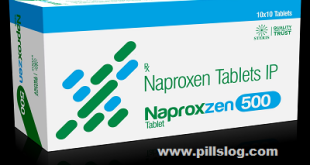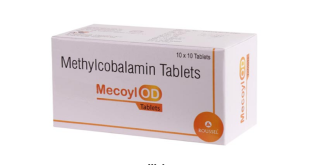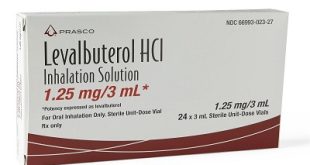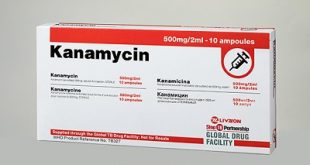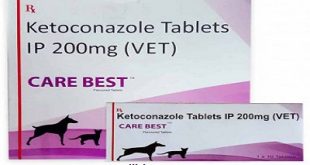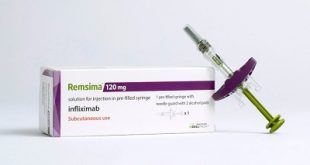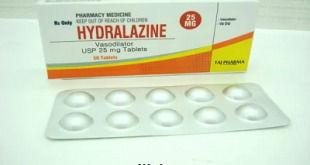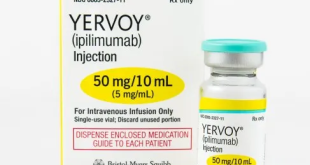Background Naproxen is classified as a nonsteroidal anti-inflammatory drug (NSAID) and was initially approved for prescription use in 1976 and then for over-the-counter (OTC) use in 1994. It can effectively manage acute pain as well as pain related to rheumatic diseases, and has a well-studied adverse effect profile. Given its overall tolerability and effectiveness, naproxen can be considered a first …
Read More »Methamphetamine – Uses and Precautions
What is methamphetamine? Methamphetamine is a powerful, highly addictive stimulant that affects the central nervous system. Crystal methamphetamine is a form of the drug that looks like glass fragments or shiny, bluish-white rocks. It is chemically similar to amphetamine, a drug used to treat attention-deficit hyperactivity disorder (ADHD) and narcolepsy, a sleep disorder. Properties and Characteristics of Methamphetamine Drug class …
Read More »Lamotrigine – Uses and Precautions
Background Lamotrigine is an antiepileptic drug belonging in the phenyltriazine class. It is used in the treatment of both epilepsy and as a mood stabilizer in bipolar disorder. Lamotrigine is the first medication since lithium granted Food and Drug Administration (FDA) approval for the maintenance treatment of bipolar type I. It is approved for use in more than 30 countries. …
Read More »Methylcobalamin – Dosage and Uses
What is Methylcobalamin? Methylcobalamin is the activated form of Vitamin B12, available as an oral medicine. It is prescribed for people suffering from a deficiency of vitamin B12. The aim of this vitamin is to help with the proper functioning of the brain and nerves as well as the production of red blood cells. Methylcobalamin helps treat the deficiency of …
Read More »Levalbuterol – Side Effects and Precautions
Background Levosalbutamol, or levalbuterol, is a short-acting β2 adrenergic receptor agonist used in the treatment of asthma and chronic obstructive pulmonary disease (COPD). Salbutamol has been marketed as a racemic mixture, although beta2-agonist activity resides almost exclusively in the (R)-enantiomer. The enantioselective disposition of salbutamol and the possibility that (S)-salbutamol has adverse effects have led to the development of an …
Read More »Kanamycin – Uses and Precautions
Background Kanamycin (also known as kanamycin A) is an aminoglycoside bacteriocidal antibiotic, available in oral, intravenous, and intramuscular forms, and used to treat a wide variety of infections. Kanamycin is isolated from the bacterium Streptomyces kanamyceticus and its most commonly used form is kanamycin sulfate. Properties and Characteristics of Kanamycin Drug class Aminoglycosides Brand Names Kantrex Synonyms Kanamycin A Molecular …
Read More »Ketoconazole – Uses and Dose
Background Ketoconazole is an imidazole antifungal agent used in the prevention and treatment of a variety of fungal infections. It functions by preventing the synthesis of ergosterol, the fungal equivalent of cholesterol, thereby increasing membrane fluidity and preventing growth of the fungus. Ketoconazole was first approved in an oral formulation for systemic use by the FDA in 1981.9 At this …
Read More »Infliximab – Side effects and Dosage
Background Infliximab is a tumor necrosis factor (TNF-alpha or TNF-α) blocker and a chimeric monoclonal IgG1 antibody composed of human constant (75%) and murine variable (25%) regions. Infliximab is produced by a recombinant cell line cultured by continuous perfusion. Tumor necrosis factor-alpha (TNF-α) is a key proinflammatory cytokine involved in chronic inflammatory diseases. Its hyperactivity and enhanced signalling pathways can …
Read More »Hydralazine – Dose & Side Effects
Background Originally developed in the 1950s as a malaria treatment, hydralazine showed antihypertensive ability and was soon repurposed. Hydralazine is a hydrazine derivative vasodilator used alone or as adjunct therapy in the treatment of hypertension and only as adjunct therapy in the treatment of heart failure. Hydralazine is no longer a first line therapy for these indications since the development …
Read More »Ipilimumab – Uses and Dose
What is ipilimumab? Ipilimumab is a medicine that is used to treat specific cancers. It will be prescribed to you by your healthcare professional if you have a type of cancer that has been shown to respond well to this medicine. Ipilimumab was first approved by the FDA in 2011 for late-stage melanoma (a type of skin cancer) and since …
Read More » PillsLog.com | Instantly Drugs information Instantly find your pills from our A to Z list Medicines and Prescription Drug information for consumers and medical health professionals.
PillsLog.com | Instantly Drugs information Instantly find your pills from our A to Z list Medicines and Prescription Drug information for consumers and medical health professionals.
